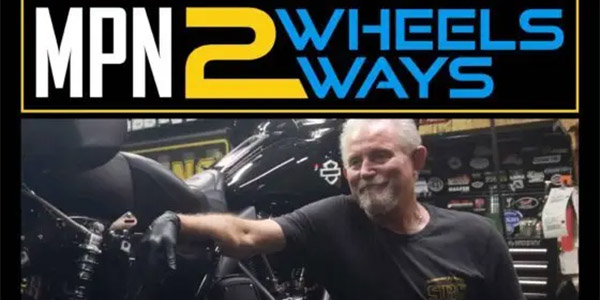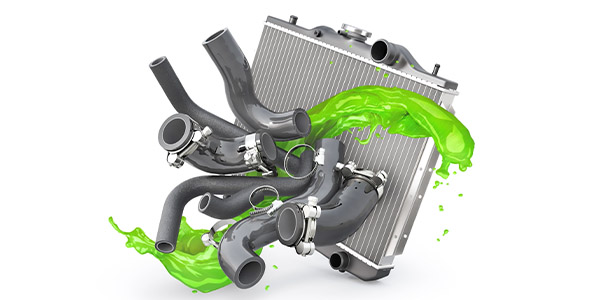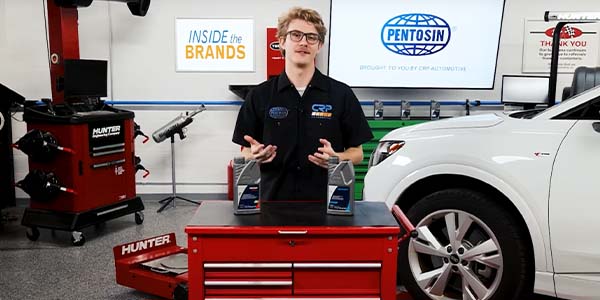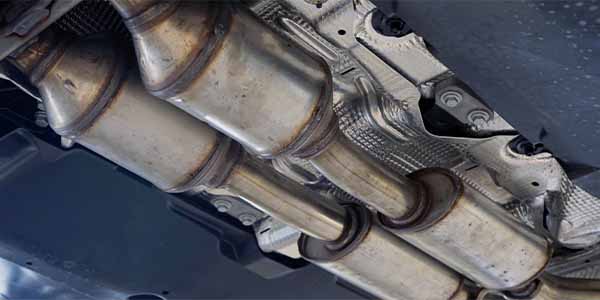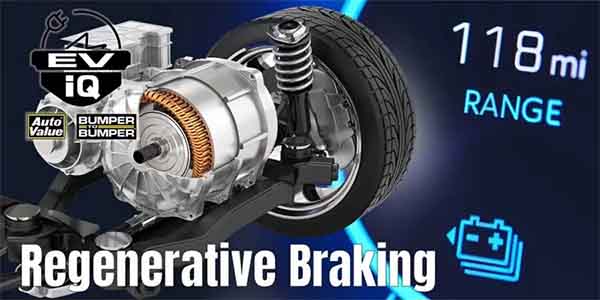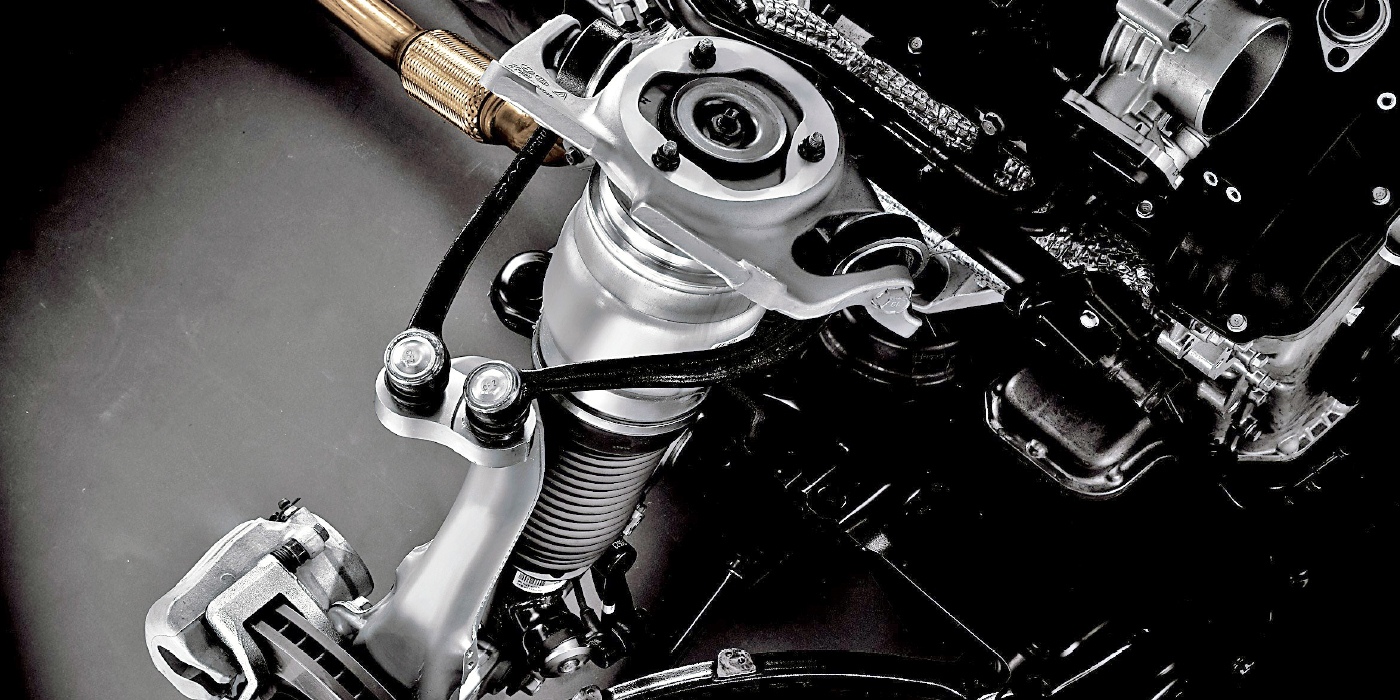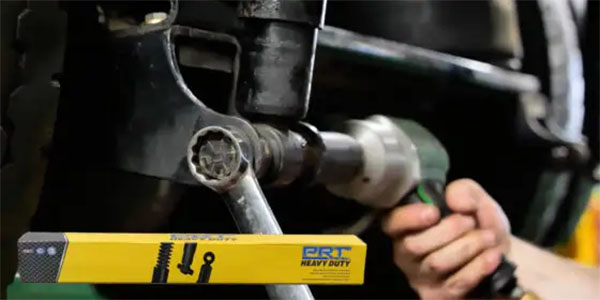Understanding ball joints and how to check them are an important part of every safety inspection. If the control arm transfers load directly to the suspension spring, the ball joint on that arm is a loaded ball joint because the weight of the vehicle is transferred through it to the spring. Any remaining joint is considered a follower joint, which simply serves as a pivot point.
There are many different designs of suspensions, which changes the location of the loaded or follower joints, and a typical stretch suspension only has one follower joint on each side, since the weight of the vehicle is transferred through the steering knuckle into the strut and spring. It’s important to identify the type of joint so you can also identify the proper method for inspection. When checking for ball joint wear, the manner in which you lift and support the vehicle or suspension will affect the outcome.
One example is this typical SLA suspension in which you must unload the suspension by jacking up the vehicle under the lower control arm, or the tension of the spring will prevent any play in the joints from being detectable. Another example is this SLA suspension with the coil spring above the upper arm, and you must jack the vehicle up by the frame. And on a typical strut suspension, the vehicle must also be supported by the frame. In addition to the proper support, you may check them by hand or you may have to use a pry bar, and you should always use a dial indicator to determine the amount of free play.
It’s a common misconception that any free play means a bad ball joint, but depending on the type of joint, some may be acceptable and some joints use the grease fitting position as a wear indicator. Bottom line is to always check manufacturer specifications and specific inspection procedures to be sure you are getting the job done right.
Thanks for watching The Striking Point from TechShop. I’ll see you next time.




